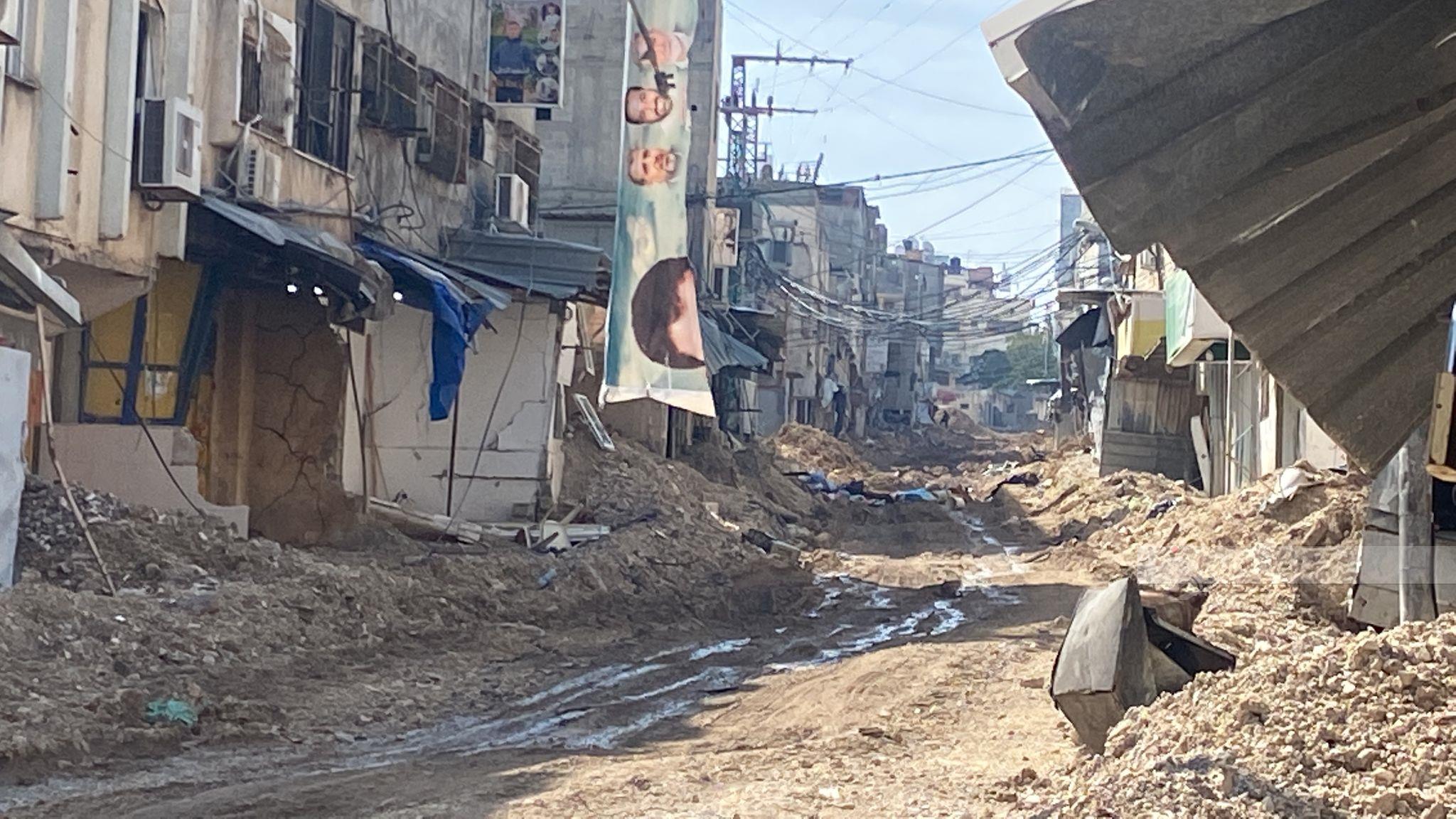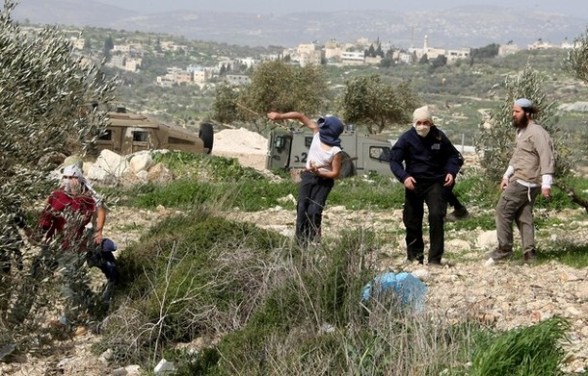TULKARM, March 19, 2025 (WAFA) - The Israeli occupation forces continue their aggression on the city of Tulkarm and its camp for the 52nd consecutive day, and on the Nur Shams camp for the 39th day. They intensified raids and demolitions, forcing residents to leave their homes by force, amid a suffocating siege and increasing military reinforcements.
Local sources told WAFA correspondent that the occupation forces informed residents of the al-Hadaydeh and al-Matar neighborhoods in Tulkarm camp this morning that they must evacuate their homes by 12 noon.
They also raided homes in the al-Raba'a neighborhood, conducted extensive searches, and subjected residents to interrogation.
Over the past few days, Tulkarm camp has seen a massive exodus of residents from its outlying neighborhoods, including Qaqun, Abu al-Ful, and Marbat Hanoun. Today, al-Hadaydeh and al-Matar were forced to leave by the occupation forces through threats and intimidation.
The camp has become almost empty of its residents, with more than 12,000 refugees displaced.
Occupation soldiers are also deployed extensively throughout all neighborhoods, chasing civilians and raiding empty homes, turning them into military outposts and sniper positions.
They also raided shops, institutions, and mosques, vandalizing and stealing their contents.
In Nour Shams camp, occupation bulldozers continued to demolish homes and destroy infrastructure, particularly in the Manshiyya neighborhood. Meanwhile, a fuel tanker was spotted arriving in the camp, amid a tight siege that prevents entry into the camp in any form.
Occupation forces also continued to seize more homes in the Jabal al-Nasr neighborhood of the camp, while forcing a number of residents on the western outskirts to evacuate their homes as indications say that the occupation intends to transform the area into a military barracks.
Eyewitnesses confirmed that the camp is subjected to daily bulldozing and demolition operations targeting homes, alleyways, and infrastructure, resulting in the complete destruction of its landmarks and the forced displacement of its residents, in an attempt to obliterate its identity and alter its geography.
Meanwhile, the occupation forces dispatched military reinforcements, including heavy vehicles and bulldozers, toward the city and its two camps.
Infantry troops were deployed on the main streets, restricting movement of vehicles and threatening to terrorize residents. They also fired sound bombs to intimidate residents.
A military bulldozer blocked the road linking al-Sikka Street and Nablus Street in the city with earth mounds. Military barracks are located inside residential buildings seized by the occupation forces in the area.
Furthermore, the occupation forces raided al-Huda building on Nablus Street, searched apartments, and checked residents' cell phones.
They also continued to seize several homes on the same street, specifically in the area adjacent to Tulkarm camp. Their vehicles are stationed in the vicinity, amid strict measures restricting the movement of vehicles and civilians.
These attacks come in the context of the ongoing escalation by the occupation forces in the city of Tulkarm and its two camps, which has resulted in the killing of 13 civilians, including a child and two women, one of whom was eight months pregnant.
Dozens more have been injured and arrested, and more than 24,000 people have been forcibly displaced from the two camps. The aggression has also caused widespread destruction to the infrastructure, including water, electricity, sewage, and communications networks. Homes, shops, and vehicles have been partially or completely demolished, burned, vandalized, looted, and stolen.
The entrances and alleys of the two camps have also been closed off with earth mounds.
K.T









